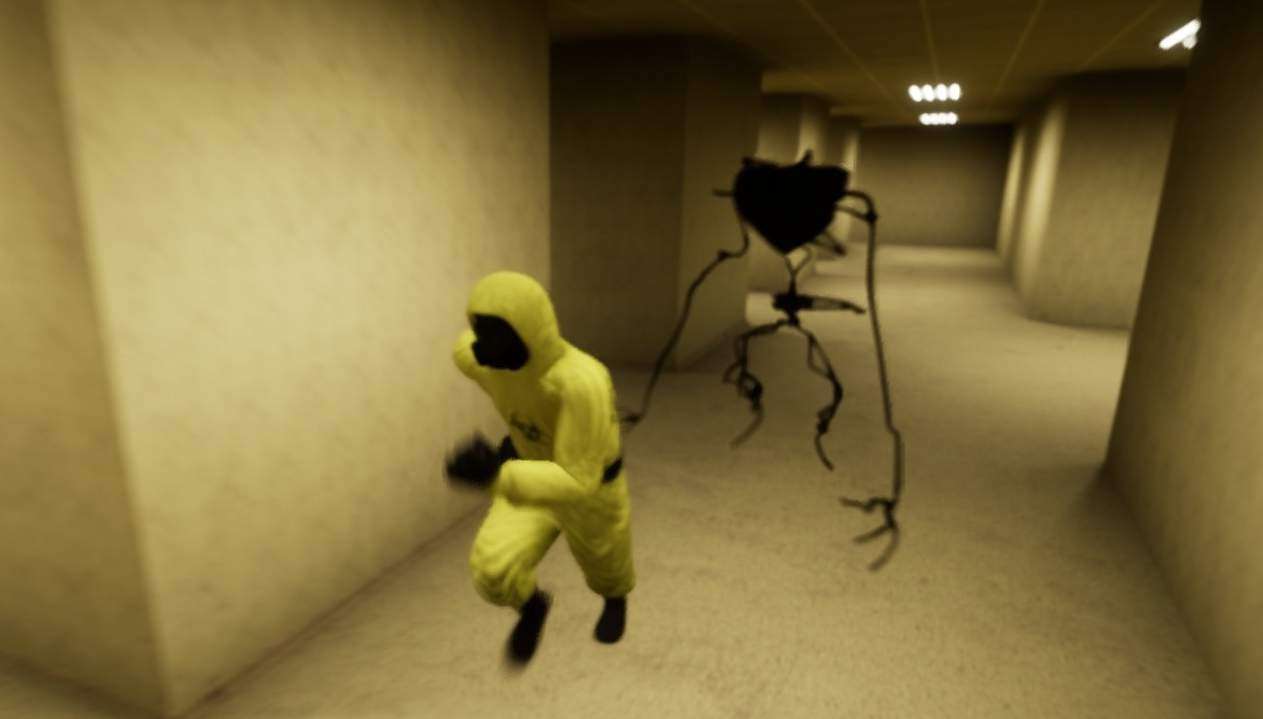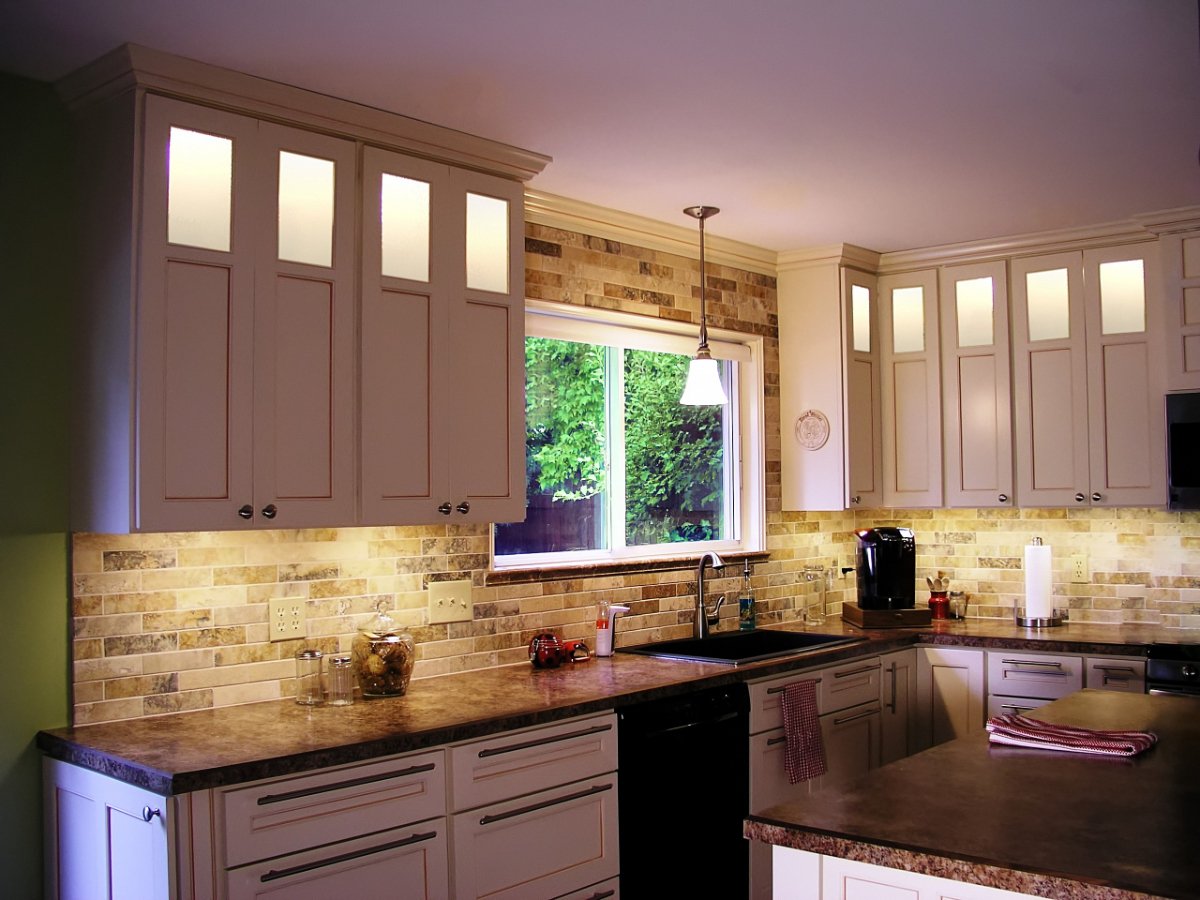The Escape Room Concept: A Case Is In The Cabinet Escape Room

Escape rooms have become a popular form of entertainment, offering a unique and immersive experience that challenges participants to solve puzzles and escape a themed room within a set time limit. The concept has gained immense popularity worldwide, attracting individuals, families, and groups seeking an engaging and interactive activity.
Common Elements of an Escape Room Experience
Escape rooms typically share several common elements that contribute to their unique and engaging experience.
- Puzzles: Escape rooms are built around a series of puzzles that participants must solve to progress through the game. These puzzles can range from simple logic problems to complex riddles, requiring teamwork, observation, and critical thinking.
- Themes: Escape rooms are often themed to create an immersive atmosphere and enhance the overall experience. Themes can range from historical events to fictional worlds, each offering a unique storyline and set of challenges.
- Time Limits: Escape rooms typically have a set time limit, adding an element of urgency and excitement to the experience. Participants must work together efficiently to solve the puzzles and escape the room before time runs out.
Popular Escape Room Themes
The popularity of escape rooms has led to the development of a wide variety of themes, catering to diverse interests and preferences. Some popular themes include:
- Mystery and Crime: These escape rooms often involve solving a murder or investigating a crime scene, requiring participants to gather clues, analyze evidence, and identify the culprit.
- Historical Adventures: These escape rooms transport participants to a specific historical period, allowing them to experience historical events firsthand and solve puzzles related to that era. For example, an escape room themed around the sinking of the Titanic might involve finding clues and solving puzzles related to the ship’s design, navigation, and the events leading up to the disaster.
- Fantasy and Science Fiction: These escape rooms offer a unique escape into imaginative worlds, challenging participants to solve puzzles related to magic, aliens, or futuristic technology.
The “Case in the Cabinet” Theme

The “Case in the Cabinet” escape room theme presents a compelling opportunity to craft a captivating and intriguing experience for players. The phrase itself evokes a sense of mystery, suggesting hidden secrets and a potential for intrigue.
Potential Storylines and Setting
The setting could be a detective’s office, a vintage antique shop, a dusty library, or even a historical museum. The “case” could be a missing artifact, a stolen treasure, or even a hidden clue to a long-forgotten conspiracy. The cabinet itself could be a central element in the story, containing vital clues or a hidden compartment leading to a secret room.
Possible Scenarios and Puzzles
- Players could be tasked with deciphering a coded message hidden within the cabinet’s lining or inside a seemingly innocuous object.
- The cabinet could contain a series of hidden compartments, each requiring a different puzzle to be solved in order to access the next level.
- Players might have to use their detective skills to piece together clues scattered throughout the room, leading them to the final solution within the cabinet.
Narrative Incorporation, A case is in the cabinet escape room
The phrase “a case in the cabinet” could be a central clue or element in the narrative. The players could be given a note that states, “The case is in the cabinet,” or they could discover a hidden message that reveals the location of a crucial piece of evidence within the cabinet. This phrase could also be used as a recurring motif throughout the escape room, serving as a reminder of the ultimate goal and guiding players through the puzzles.
Puzzle Design and Implementation

Designing the puzzles for an escape room is a crucial step. The puzzles should be engaging, challenging, and relevant to the theme. They should also be well-integrated into the room’s narrative, providing players with a sense of accomplishment as they solve each puzzle.
Puzzle Ideas
The following is a list of potential puzzles that could be used in an escape room based on the “case in the cabinet” theme:
- Code Breaking: A coded message found in the cabinet could be deciphered using a code-breaking tool, like a cipher wheel, or a simple substitution cipher.
- Hidden Compartment: A hidden compartment in the cabinet could contain a clue or a key needed to progress. This compartment could be activated by a specific combination of buttons, levers, or a hidden mechanism.
- Word Puzzle: A word puzzle could be displayed on a board or written on a piece of paper found in the cabinet. Players could use clues from the room to solve the puzzle and unlock a safe or a hidden compartment.
- Physical Puzzle: A physical puzzle, such as a lock puzzle or a tangram puzzle, could be placed in the cabinet. Solving the puzzle could reveal a key or a combination needed to unlock a door or a safe.
Puzzle Implementation
The following table provides a detailed overview of each puzzle, including its type, description, difficulty level, and hints/solutions:
| Puzzle Type | Description | Difficulty Level | Hints/Solutions |
|---|---|---|---|
| Code Breaking | A coded message found in the cabinet could be deciphered using a code-breaking tool, like a cipher wheel, or a simple substitution cipher. The message could be a series of numbers, symbols, or letters. | Medium | The code used in the message could be a simple substitution cipher, a Caesar cipher, or a more complex code. Hints could be provided by clues found in the room, such as a book with a specific code or a piece of paper with a key. The solution would be the deciphered message, which could reveal a clue or a combination. |
| Hidden Compartment | A hidden compartment in the cabinet could contain a clue or a key needed to progress. This compartment could be activated by a specific combination of buttons, levers, or a hidden mechanism. | Hard | The combination to activate the compartment could be hidden in the room, such as a painting with a specific pattern or a series of numbers found on a clock. The solution would be the combination to activate the compartment, which would reveal the clue or the key. |
| Word Puzzle | A word puzzle could be displayed on a board or written on a piece of paper found in the cabinet. Players could use clues from the room to solve the puzzle and unlock a safe or a hidden compartment. | Easy | The word puzzle could be a crossword puzzle, a word search, or a simple anagram. Hints could be provided by clues found in the room, such as a list of words or a picture with a specific theme. The solution would be the answer to the puzzle, which could reveal a clue or a combination. |
| Physical Puzzle | A physical puzzle, such as a lock puzzle or a tangram puzzle, could be placed in the cabinet. Solving the puzzle could reveal a key or a combination needed to unlock a door or a safe. | Medium | The physical puzzle could be a simple lock puzzle or a more complex tangram puzzle. Hints could be provided by clues found in the room, such as a diagram or a set of instructions. The solution would be the answer to the puzzle, which could reveal a key or a combination. |
A case is in the cabinet escape room – So, you’re stuck in an escape room, and the key to your freedom is hidden inside a cabinet? You might need to think outside the box – or maybe inside the box! If you’re feeling ambitious, you could try building your own glass cabinet doors, following this guide , but I’d recommend focusing on finding the case in the escape room first!
You’re stuck in an escape room, and the only clue is a cryptic note mentioning a hidden compartment. Maybe the answer lies in a dusty old cabinet… or maybe it’s time to take a break and plan your next vacation! If you’re looking for a family-friendly getaway, consider checking out orlando suite hotels 2 bedroom.
After all, a little relaxation might just help you crack that case!
